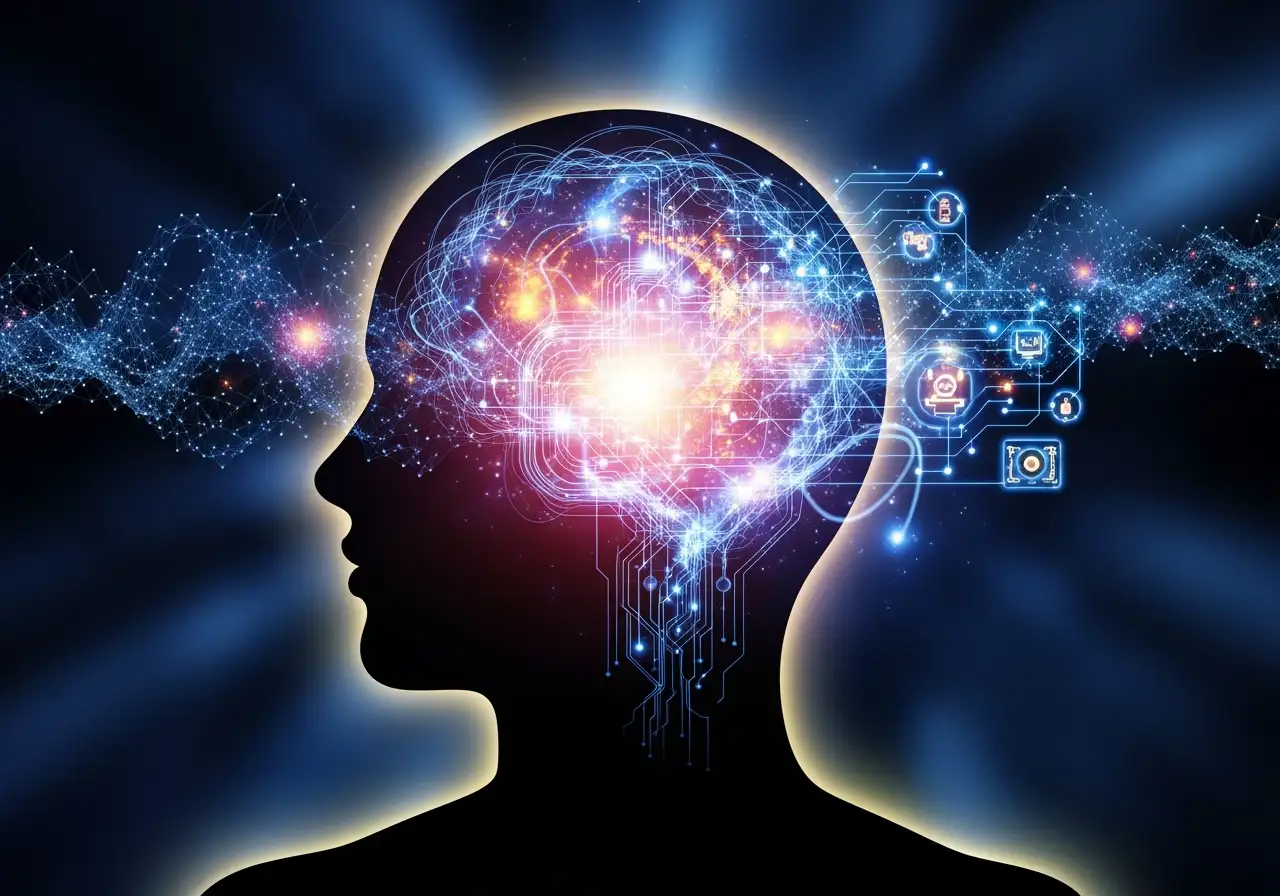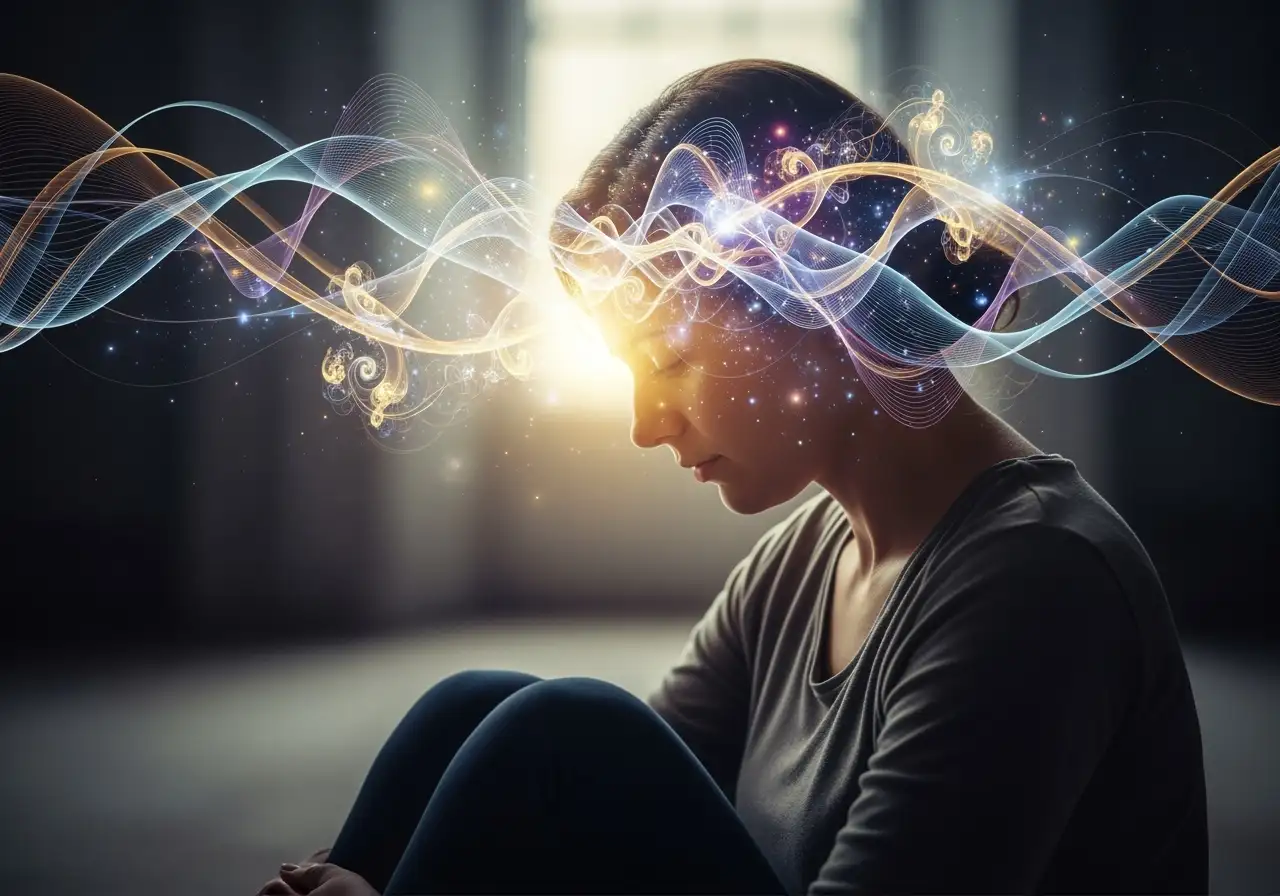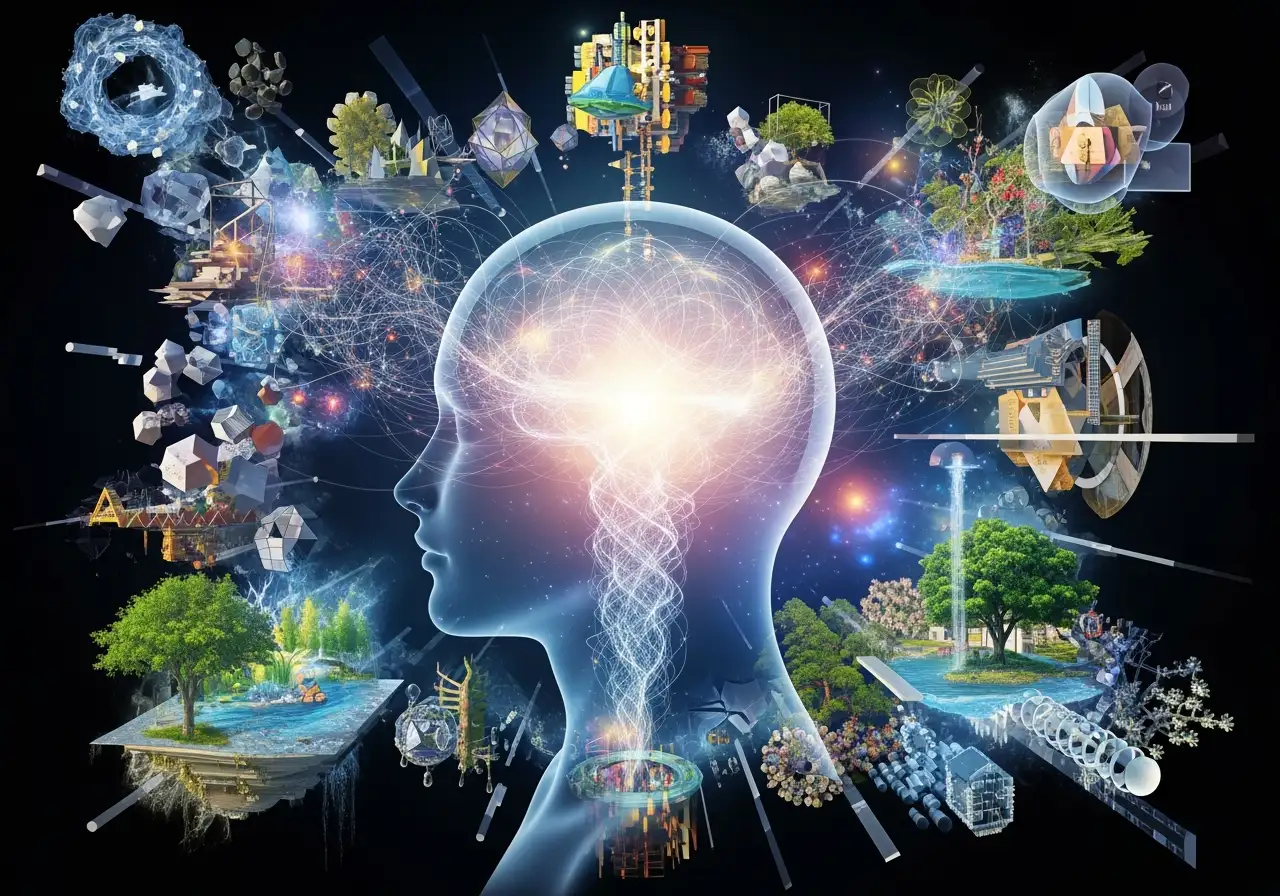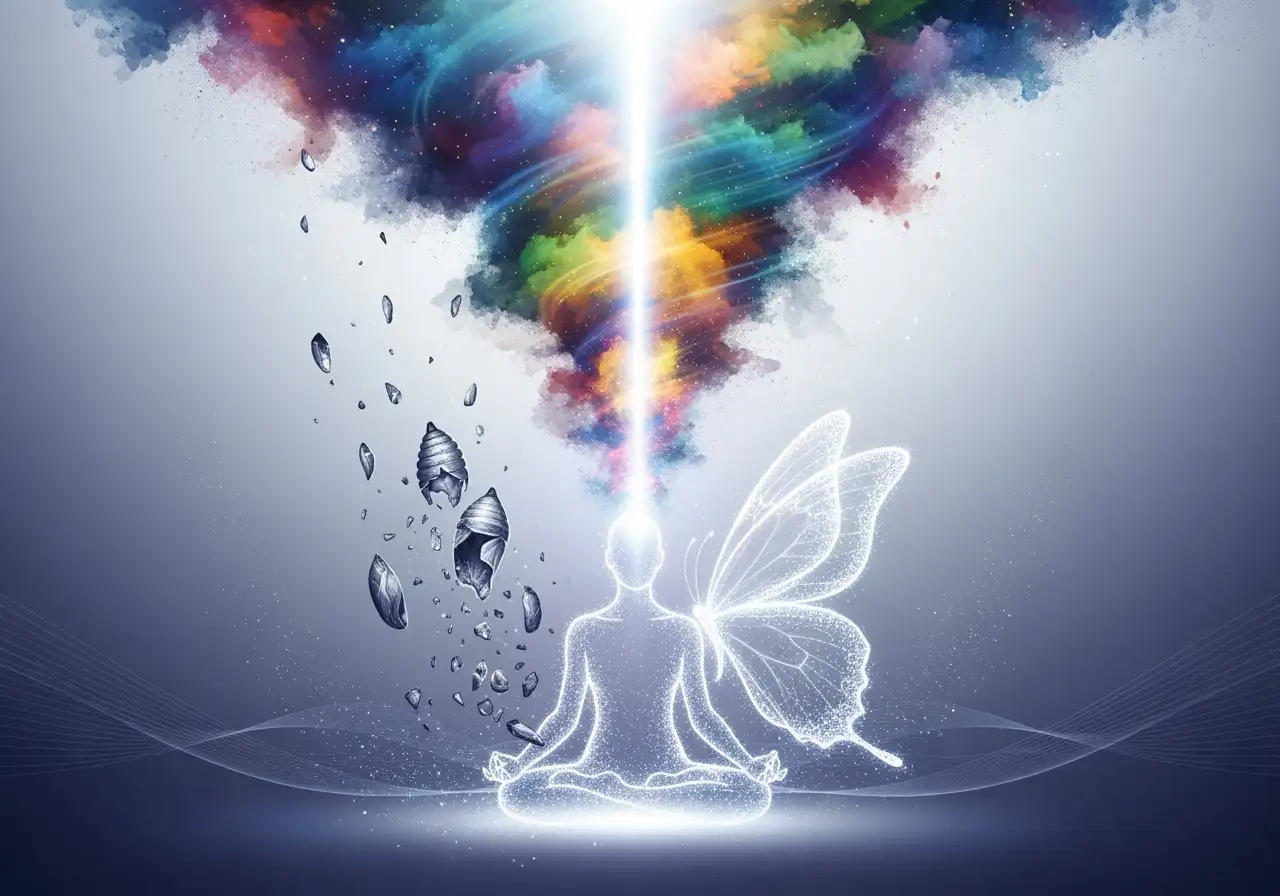The Quantum Dimensions of Consciousness
The Quantum Dimensions of Consciousness
Have you ever wondered what truly makes up your thoughts, feelings, and overall conscious experience? It often feels like a nebulous, ever-changing landscape, difficult to grasp or influence. Traditional approaches to mindfulness often focus on observing the content of your mind – what you’re thinking or feeling. But what if you could understand the very structure from which these experiences emerge? What if your consciousness, complex as it seems, is built from fundamental, identifiable units, much like the physical world is built from elementary particles?
This is precisely the revolutionary insight offered by the Quantum Mindfulness framework, introducing the concept of Ten Psychodynamic Dimensions. Imagine these dimensions as the irreducible building blocks, the “quanta” of your mental and emotional life. Just as quantum physics breaks down matter and energy into their smallest, indivisible units, Quantum Mindfulness identifies these ten dimensions as the fundamental, irreducible energetic substrates from which the entire tapestry of your subjective experience is woven. They are the basic qualities of consciousness that, in their dynamic interplay and varying strengths, create your unique mental state at any given moment.
These dimensions are not just a random collection; they are organized to reveal their distinct roles in shaping your conscious experience. The framework categorizes them into two main groups: the Prime Modality and the Secondary Modality.
The Prime Modality: Your Mind’s Command Center
The Prime Modality, also known as the cognitive-executive triad, consists of three core dimensions: the Psycho-Volitional Dimension (Pd1), the Psycho-Conceptive Dimension (Pd2), and the Psycho-Meditative Dimension (Pd3). This triad governs your mind’s ability to perceive, intend, and interpret. It’s the source of your volitional awareness—that intentional, directional quality of consciousness that allows you to consciously engage with your inner and outer worlds.
-
The Psycho-Volitional Dimension (Pd1) is the absolute genesis of cognitive activity and a state of pure potentiality. It embodies primal will and unified awareness, serving as the ultimate source of pure potentiality, desire, and creative thought. This dimension possesses an “annihilative property,” meaning it can dissolve perceived limitations, mental blocks, and constricting conceptual frameworks through sheer force of will and focused intention. It’s the highest point on the vertical map of consciousness, holding primacy over other dimensions.
-
Flowing from Pd1, the Psycho-Conceptive Dimension (Pd2) is a dynamic and highly intuitive cognitive function. It facilitates spontaneous insight, pattern recognition, and the apprehension of complex relationships beyond linear thought. This is where abstract potential begins to coalesce into nascent concepts, functioning as the subconscious wellspring of wisdom and intellect. It’s the primordial threshold where undifferentiated mental potential transforms into recognizable ideational forms.
-
Building upon these, the Psycho-Meditative Dimension (Pd3) provides the structured, analytical cognitive function responsible for categorization, logical organization, and conceptual stabilization. It transforms intuitive insights from Pd2 into definite, coherent understanding. Pd3 is the primary locus for intentional collapse and conscious intervention in the psychodynamic process, enabling you to bring structured understanding to your experience and cultivate cognitive capacities like paradox tolerance.
Together, these three dimensions form the scaffolding of consciousness itself, shaping how you initially process and direct your attention within the cognitive emergence field.
The Secondary Modality: The Fabric of Lived Experience
The Secondary Modality comprises the remaining seven dimensions (Pd4-Pd10). These dimensions are intricately influenced by the Prime Modality’s output and are responsible for shaping the emotional, social, and relational texture of your lived experience. They represent the complex processes through which foundational cognitive functions manifest and interact within your inner world and observable behavior.
- The Psycho-Empathic Dimension (Pd4) is the foundational source of love, compassion, and the capacity for authentic connection. It drives intersubjective resonance and allows for expansive emotional connection.
- The Psycho-Protective Dimension (Pd5) embodies qualities of discernment, appropriate boundaries, and healthy limits. It regulates decision-making and maintains psychological coherence, balancing the expansive nature of Pd4 to create bounded compassion and self integrity.
- The Psycho-Aesthetic Dimension (Pd6) acts as a crucial balancing cognitive mechanism, harmonizing seemingly opposing forces within the psyche. It functions as an integration hub, specializing in harmonious synthesis among opposing energies, fostering emotional creativity and psychological balance.
These first three dimensions of the Secondary Modality form the Psychosocial Emotive Triad, or the “Realm of Feeling,” governing your feeling states and relational dynamics.
The remaining dimensions bridge your internal states with external reality:
- The Psycho-Motivational Dimension (Pd7) represents forward-projecting cognitive energy, responsible for purpose, drive, and cognitive endurance. It translates internal values into consistent sustained action, supported by mechanisms like cognitive anchoring and volitional continuity.
- The Psycho-Receptive Dimension (Pd8) is a sophisticated cognitive self-correction mechanism. It refines perception, reassesses beliefs through feedback integration, and enables the conversion of abstract internal experience into concrete external realities, facilitating the embodiment of a mental-physical interface.
- The Psycho-Foundational Dimension (Pd9) serves as the grounding function, consolidating memory, integrating learning, and translating abstract knowledge into actionable intelligence. It contains the subconscious infrastructure, including deeply ingrained emotional reactivity patterns and vulnerability structures.
- Finally, the Psycho-Transpersonal Dimension (Pd10) represents the ultimate manifestation of consciousness development within temporal reality. It is a passive conduit that receives, integrates, and expresses the synthesized energies of the preceding nine dimensions, serving as the interface between internal psychodynamic systems and external reality, unless negated by the volitional primacy of Pd1.
The Power of Structural Awareness
The profound relevance of understanding these psychodynamic dimensions to mindfulness lies in cultivating what the framework calls structural awareness. Instead of just observing that you “feel anxious,” structural awareness allows you to recognize how that anxiety is constructed within your mind. You begin to discern which specific psychodynamic dimensions are highly active (e.g., Pd5 for fear, Pd3 for rumination) and how they are interacting, perhaps even creating destructive interference.
This shift from content-focused observation to structure-focused understanding is a game-changer. It means moving beyond merely acknowledging your mental states to gaining insight into their underlying mechanics. By understanding the dynamic and interconnected network of these fundamental components of your consciousness, you gain a deeper, more precise understanding of yourself. This isn’t just abstract theory; it’s a practical map for systematic self-reflection and personal transformation.
Through practices like dimensional attunement and consciousness refinement, you can learn to skillfully engage with these dimensions, fostering cognitive agency and intentional collapse. This also directly impacts belief formation, as repeated mental states, particularly those driven by strong activations within the Secondary Modality, can durably alter underlying trait variables, embodying the principle that practice becomes belief.
How might recognizing these fundamental dimensions change your approach to daily emotions and thoughts, empowering you to navigate your inner world with unprecedented clarity and achieve true perceptual freedom?






